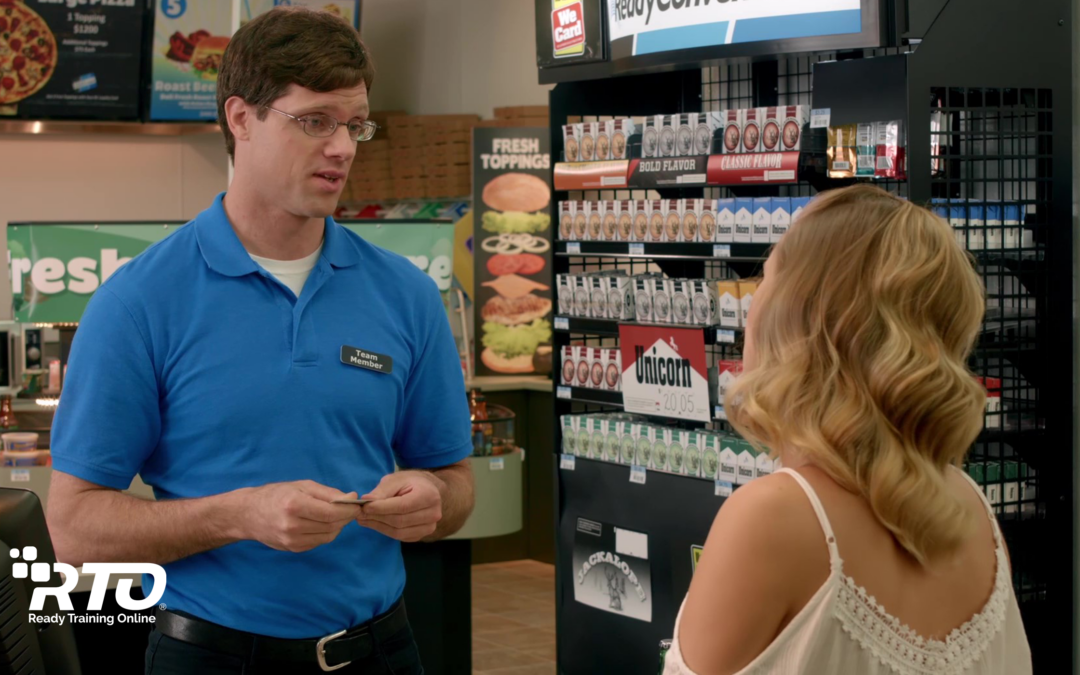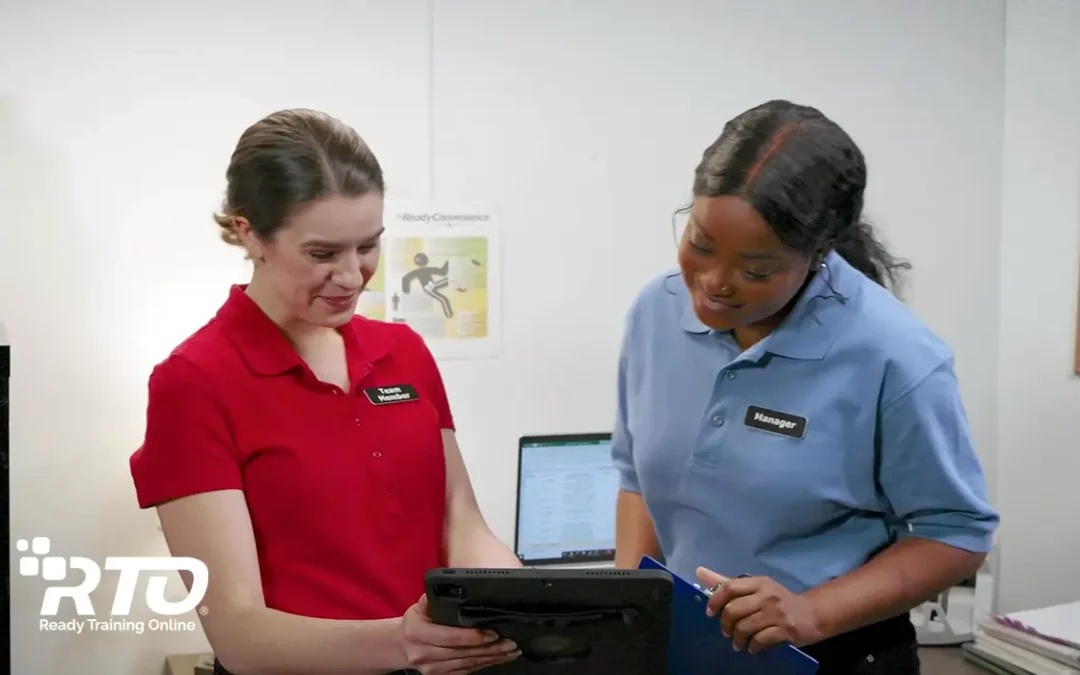There are many factors that affect the profitability of your store. While some of these factors are outside of your control, loss prevention is not one of them. As a manager, you have an obligation to minimize loss in your store. That may seem like a tall order, but when you and your employees follow procedures correctly, loss prevention will take care of itself.
Understanding Loss Prevention in C-Stores
In a convenience store, loss is the difference between what your store’s physical inventory should be and what it actually is. Loss prevention is a series of strategies that minimizes loss and protects your business from theft and shrinkage. Loss in a convenience store affects everyone. When there are excessive losses, it affects the bottom line, the prices that must be charged to customers, and the money available to hire and pay staff members. There are many different causes of loss, but they almost all have one thing in common: people. Every member of your staff can play a role in creating loss — and preventing it.
- Cashiers can prevent loss by staying focused when completing customer transactions. All cashiers should be thoroughly trained on your store’s policies regarding cash, credit, and debit transactions. Loss can occur simply because a cashier is not properly trained on the register system. Training new hires is critical, but follow-up loss prevention training is also necessary to ensure you’re setting your cashiers up for success.
- Managers and employees authorized to receive deliveries have a direct impact on loss prevention. Unfortunately, some of a c-store’s losses come from vendor errors or theft. Following receiving procedures precisely and consistently, as well as maintaining professional vendor relationships, will help deter these types of losses.
- All employees can prevent other types of losses. Improper storage, for example, can cause spoilage and big losses. Mispriced items or inaccurate signage can cause a drop in sales of a particular product, leading to harmful losses.
Loss Prevention Training
The key to loss prevention is training. Effective loss prevention training must deliver a consistent message to all employees, both front-line employees and managers alike. Trackable online training works best to ensure all employees understand the basics of loss prevention and receiving procedures. All online training should be followed up with on-the-job training reviews and constructive feedback to employees as necessary. Remember, loss prevention is everyone’s responsibility.





